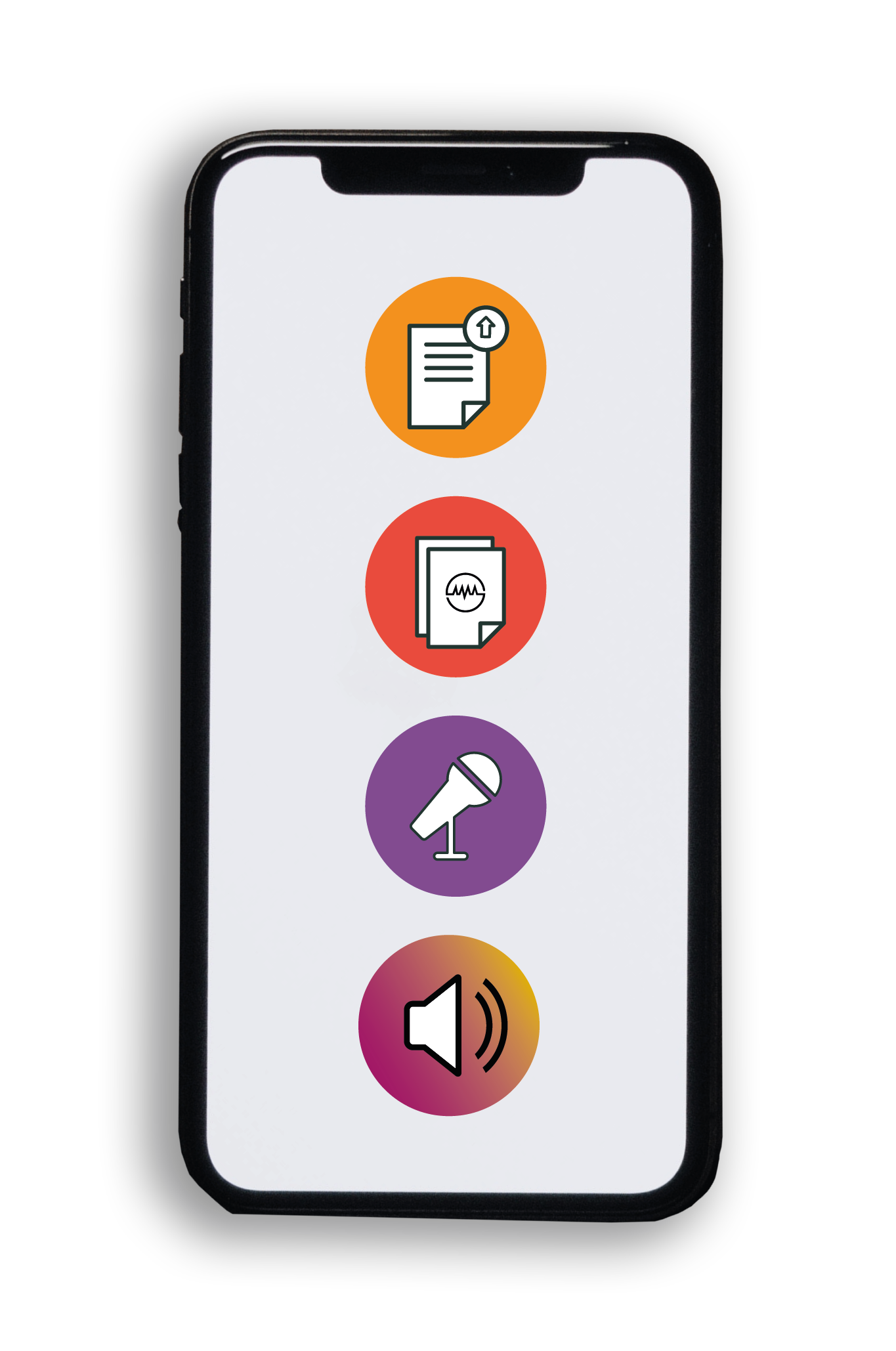A New Model for Developing Students’ Deep-Learning Skills – Dr Yianna Vovides, Georgetown University
Original article reference:
This SciPod is a summary of the paper ‘Elusive learning – using learning analytics to support reflective sensemaking of Ill-Structured ethical problems: A learner-managed dashboard solution’, from Future Internet. https://doi.org/10.3390/fi8020026
Share Episode
About this episode
Online education has recently experienced a surge in popularity, and this trend is set to continue. Through online learning, individuals who are unable to take courses on campus, due to family, work or financial pressures, now have the opportunity to pursue university degrees. However, one shortfall of online education is that it often fails to develop students’ deep-learning skills, which are required for effectively tackling complex problems. In a recent study, Dr Yianna Vovides of Georgetown University investigated this issue.
This work is licensed under a Creative Commons Attribution 4.0 International License. 
What does this mean?
Share: You can copy and redistribute the material in any medium
or format
Adapt: You can change, and build upon the material for any
purpose, even commercially.
Credit: You must give appropriate credit, provide a link to the
license, and indicate if changes were made.
Related episodes
Professor Will Greaves | How Donald Trump has changed Canada-US relations
Research by Professor Will Greaves at the University of Victoria examines how the Trump presidency has impacted the long-standing security relationship between Canada and the United States. His analysis reveals concerning shifts in the foundations of bilateral cooperation and trust between these traditionally close allies, with implications for the future of North American security arrangements.
Dr. Anne Hultgren | Do dual-anonymous reviews reduce university bias in research funding?
Research by Dr. Anne Hultgren and colleagues at the Arnold and Mabel Beckman Foundation demonstrates that blinding reviewers to applicants’ institutional affiliations (also known as dual-anonymous reviews) leads to more equitable distribution of research funding opportunities. Their study reveals how removing identifying information helps overcome unconscious biases toward prestigious universities in grant review processes.
Professor Magnus S. Magnusson | The surprising similarities between the structures of human cells and societies
Research by Professor Magnus S. Magnusson at the University of Iceland demonstrates surprising similarities between the organization of cellular protein networks and of human societies. He reveals how the invention of writing and, very recently, general education, transformed human civilization in ways that mirror ancient biological developments and emphasises how this makes humans unique.
Dr. Howard Stevenson | Healing the Wounds of Racism: How Racial Literacy Can Empower Youth and Adults
Racist encounters, both subtle and overt, continue to plague society and take a severe toll on the mental and physical health of people of colour. However, innovative research shows how we can equip youth and adults with the skills to navigate these stressful situations and emerge stronger. Dr. Howard Stevenson and his team at the University of Pennsylvania are pioneering new approaches to help people cope with racial trauma and find their voice.
Increase the impact of your research
• Good science communication encourages everyday people to be scientifically literate so that they can analyse the integrity and legitimacy of information.
• Good science communication encourages people into STEM-related fields of study and employment.
• Good public science communication fosters a community around research that includes both members of the public, policymakers and scientists.
• In a recent survey, 75% of people suggested they would prefer to listen to an interesting story than read it.

Upload your science paper
Step 2
SciPod script written
Step 3
Voice audio recorded
Step 4
SciPod published




